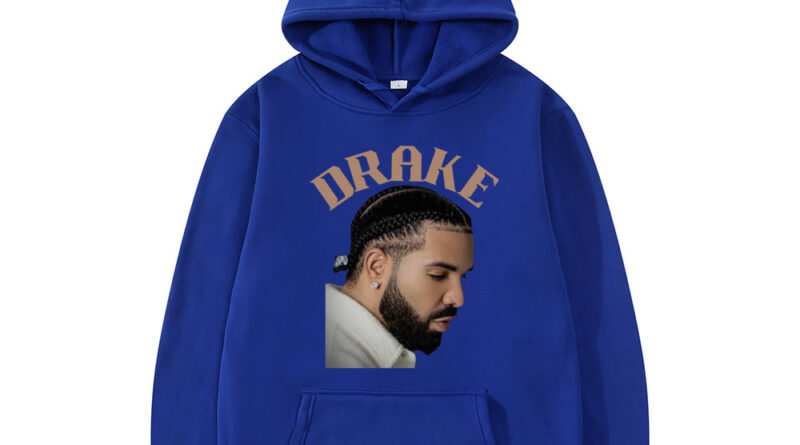The Allure of Exclusive Artist Merchandise: More Than Just Clothing
In today’s music industry, an artist’s influence extends far beyond their music. Fans no longer just stream songs or attend concerts—they want to wear, display, and embody the essence of their favorite artists. Exclusive merchandise has become a powerful way for musicians to connect with their audience, creating a sense of belonging while also turning their brand into a cultural phenomenon.
One of the most notable examples of this trend is Drake’s merchandise. His OVO (October’s Very Own) brand has evolved from simple tour tees to a full-fledged fashion label, blending streetwear with luxury aesthetics. But Drake Merch isn’t alone—artists like Travis Scott, BTS, and The Weeknd have also mastered the art of merch, turning drops into highly anticipated events.
So, what makes artist merchandise so unique, and why do fans line up (or crash websites) to get their hands on it?
1. Limited Availability Creates Exclusivity
Scarcity drives demand. When an artist releases a limited-edition collection—whether tied to an album, tour, or special collaboration—fans rush to secure their piece before it sells out. Drake’s OVO drops, for instance, often sell out within minutes, making his hoodies and tees coveted status symbols.
This exclusivity isn’t just about supply and demand; it’s about identity. Wearing rare merch signals that you’re not just a casual listener—you’re a dedicated supporter who was quick enough (or lucky enough) to grab a piece before it disappeared.
2. Merch as a Form of Self-Expression
Artist merchandise is more than just clothing—it’s a statement. Fans wear merch to align themselves with an artist’s persona, values, or even the emotions tied to their music. A Travis Scott “Astroworld” hoodie isn’t just a sweatshirt; it’s a symbol of nostalgia for the album and the immersive experience of his concerts.
For many, merch serves as a badge of fandom, a way to connect with like-minded individuals. When you see someone wearing the same rare tour tee, there’s an instant sense of camaraderie—a silent nod that says, “You get it.”
3. High-Profile Collaborations Elevate the Hype
Some of the most sought-after merch comes from unexpected collaborations. When artists team up with high-end designers or streetwear brands, the result is often a fusion of music and fashion that transcends typical fan gear.
Drake’s partnership with Nike for his NOCTA line blurred the lines between sportswear and luxury, while Travis Scott’s McDonald’s meal and Fortnite collection turned merch into pop culture moments. These collaborations don’t just sell clothes—they create cultural landmarks.
4. The Resale Market: When Merch Becomes an Investment
Because of its limited nature, exclusive artist merchandise often skyrockets in value on resale platforms like StockX, Grailed, and eBay. A $50 tour tee can easily resell for hundreds—sometimes thousands—of dollars if it’s rare enough.
This secondary market turns merch into a potential investment. Savvy fans buy multiple pieces, knowing that demand will only increase over time. For some, flipping merch has become a lucrative side hustle, proving that fandom can also be profitable.
5. The Emotional Connection: Owning a Piece of the Experience
Beyond fashion and profit, artist merchandise holds sentimental value. For many fans, a hoodie or poster isn’t just an item—it’s a memory. It represents the first time they heard an album, the concert they waited years to attend, or the artist who helped them through tough times.
When an artist like Drake releases merch, they’re not just selling a product—they’re offering fans a tangible piece of their journey. That emotional connection is what makes merch so much more valuable than standard retail clothing.
Conclusion: The Future of Artist Merchandise
As music consumption becomes increasingly digital, physical merchandise remains one of the few ways fans can hold onto something real from their favorite artists. The future of merch will likely see even more innovation—augmented reality features, NFT-linked apparel, and even more ambitious collaborations.
Drake’s OVO Clothing brand, along with other top artists’ merchandise lines, proves that merch is no longer just a side hustle—it’s a vital part of an artist’s legacy. For fans, wearing it is a way to carry a piece of that legacy with them every day.
So the next time you see a sold-out merch drop or a rare hoodie reselling for triple its price, remember: it’s not just clothing. It’s culture, community, and connection—all stitched into the fabric of fandom.

